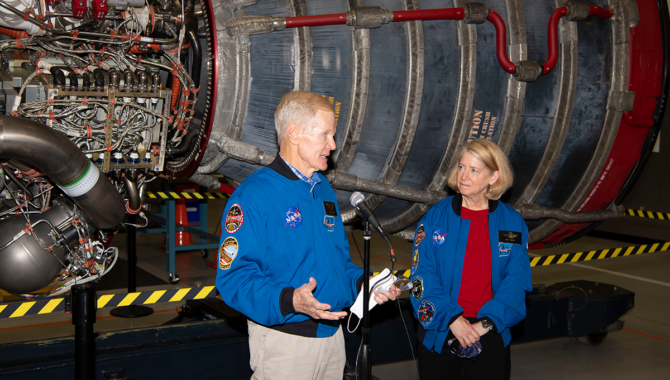
100th podcast episode features Deputy Administrator Melroy.

100th podcast episode features Deputy Administrator Melroy.
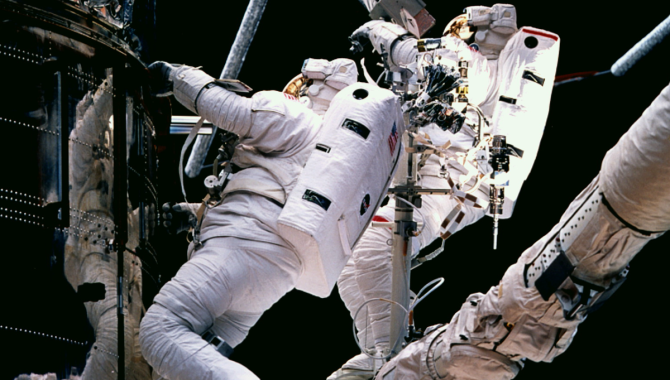
Hubble servicing mission relies on expertise and experience of seasoned crew.
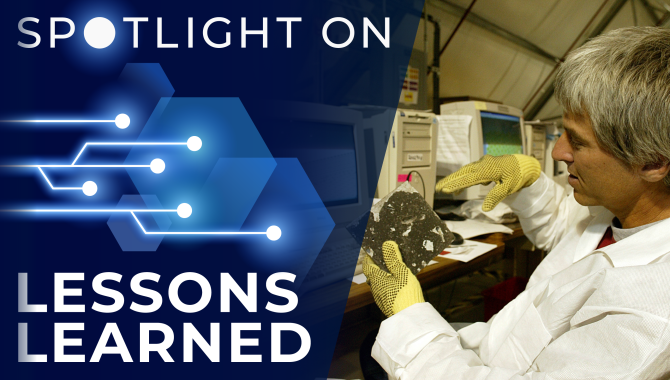
Procedures developed by the NASA community to identify, catalog, and inspect accident debris proved invaluable in the Space Shuttle Columbia accident investigation.
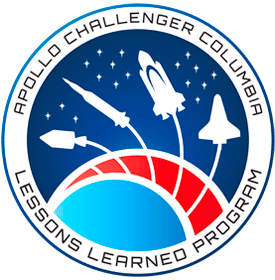
Web page which not only provides an overview of the program itself, but also offers an in-depth look at each mission individually.
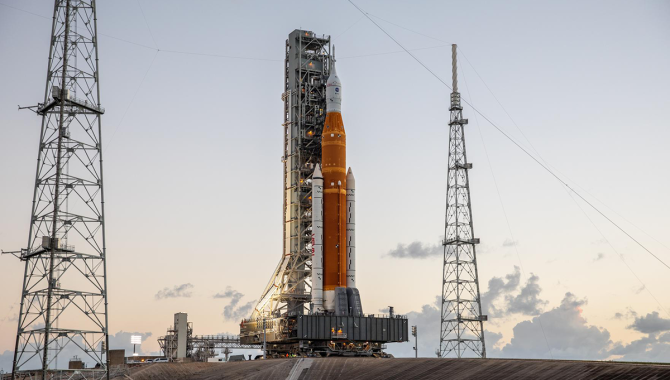
Artemis already creating jobs, creating economic output.
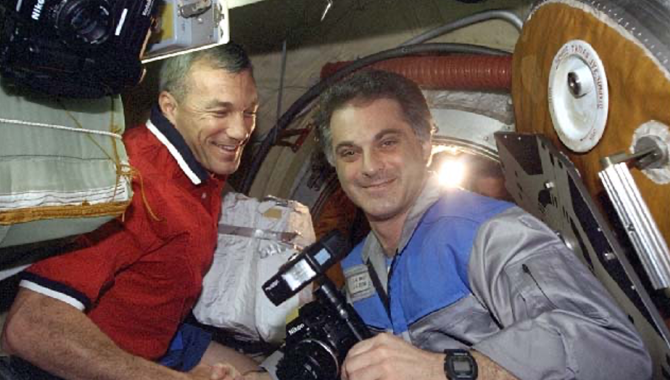
STS-89 reunites members of NASA Astronaut Group 13.
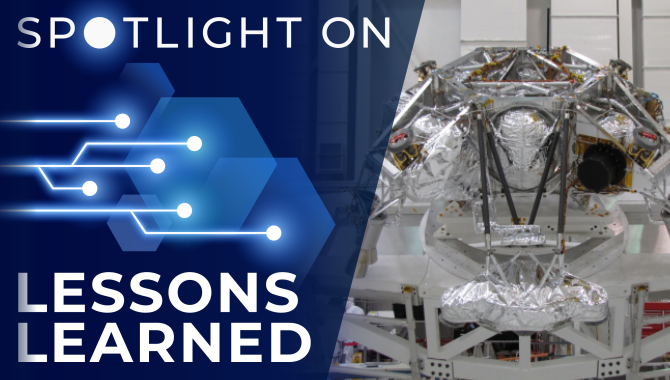
Independent mechanical walkdowns of spacecraft are sometimes credited with discovering discrepancies that could have interfered with mission success.
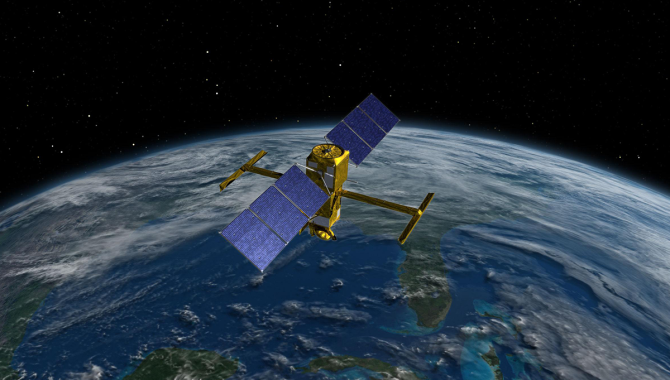
Satellite will provide high-definition view of lakes, rivers, and oceans.
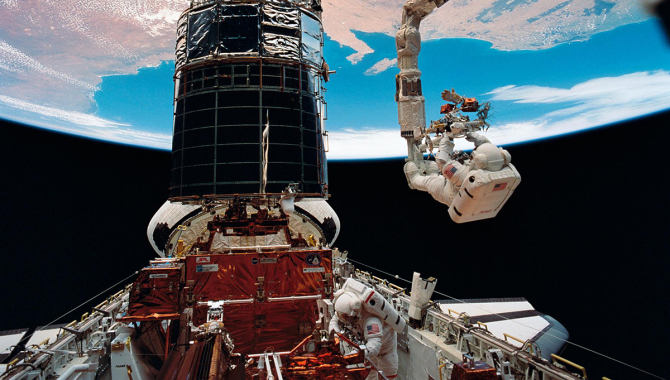
Ambitious mission includes five EVAs, unprecedented rendezvous.